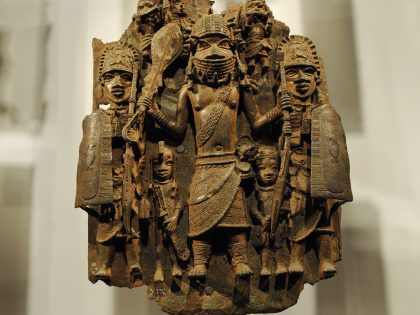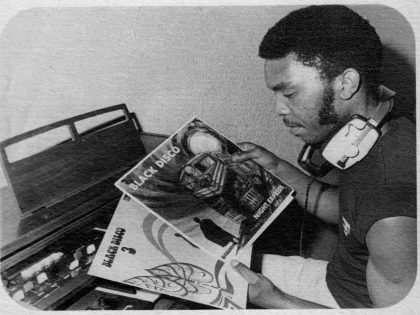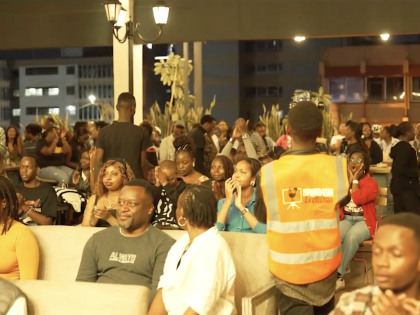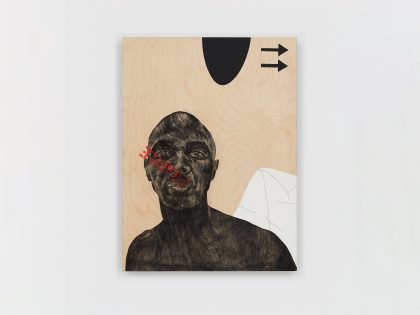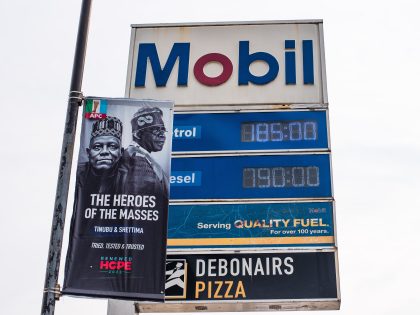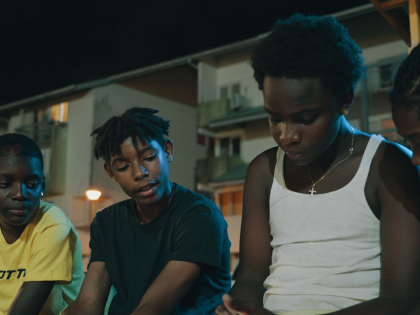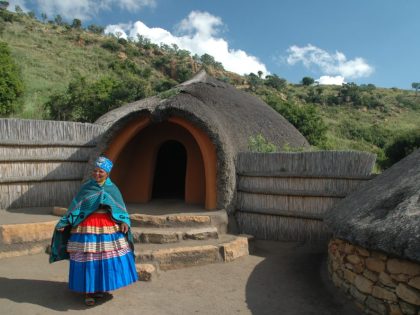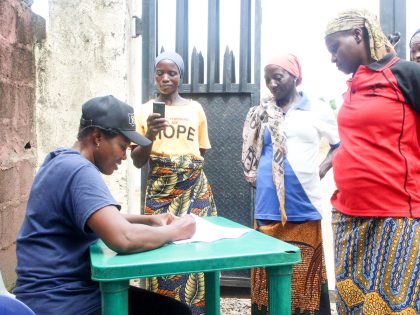T.O. Molefe on South Africa’s “War on Women”
The essayist T.O. Molefe (he is a contributor here too) has a new op-ed column up at nytimes.com. He writes about “South Africa’s War on Women.” The oped opens with a discussion of why South Africans appear so blase about gender violence. Molefe writes, “… crimes against black lesbians don’t register on the public’s radar amid the general landscape of violence. The police reported that there were over 17,000 homicides and 62,000 sexual assaults in South Africa between April 2013 and the end of March 2014.” Molefe argues that this disregard are related to the disorder and structural violence in the country’s poor townships. Then he gets to paralympian Oscar Pistorius, who will know in two weeks whether he will go to prison:
There is also the case of Oscar Pistorius, the world-famous athlete who this month was found guilty of culpable homicide for fatally shooting his girlfriend Reeva Steenkamp. He now faces a potential maximum prison sentence of 15 years on that charge and up to five years on a lesser charge of negligently firing a gun in public. His case has nonetheless forced South Africans to confront two dangerous dissociative myths.
Mr. Pistorius is wealthy, dashing, famous and white. He has challenged South Africans’ quietly whispered belief that domestic violence and femicide are the preserve of poor, black men prone to alcohol and substance abuse.
This belief allowed middle class and wealthy whites to tut disbelievingly as they leafed through the Sunday papers reading about the latest incidents of violence against women. In their minds, this violence was something happening far away and the people involved were part of a society divorced from their own.
The public spectacle of the Pistorius trial, which centered on a predominantly white gated community in Pretoria changed all that; it’s no longer so easy to tune out to the shouting, breaking glass and sounds of fists on flesh coming from the house next door.
Regardless of whether there’s any truth to Mr. Pistorius’s defense against the charges — that he feared someone had broken into his home and fired shots in self-defense — his argument exposed the violent masculinity that cost Ms. Steenkamp her life. The person from whom he was supposedly protecting himself and Ms. Steenkamp was a figment of the white middle-class imagination: a member of the dreaded hordes of poor, black men who each night ostensibly scale the electrified fences of gated communities to rape and pillage.
